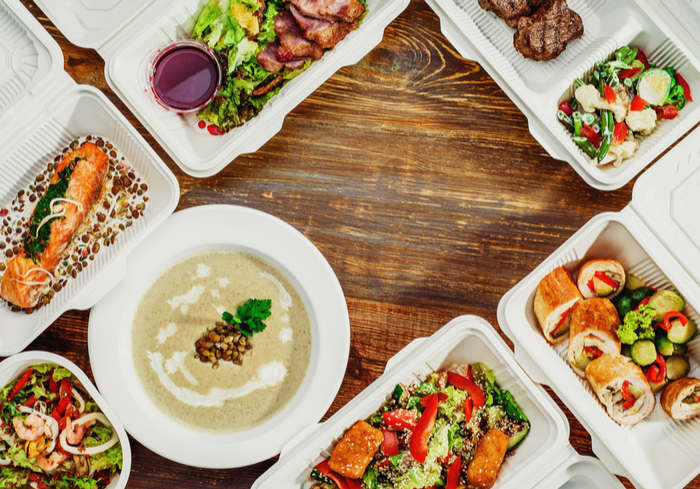Restaurants often prepare too much food for the lunch or dinner rush, but startups are providing them with an avenue to market their surplus meals. Canada’s Feedback, for instance, lets restaurants offer time-sensitive deals to diners in hopes of tackling this challenge. Josh Walters, who co-founded the app, said the idea for the service was borne out of a single experience: He was with some friends picking up some late-night pizza, when the owner asked if they wanted to buy all remaining pizza before closing. “We bought three or four pizzas for a fraction of what they would normally cost,” Walters told PYMNTS in an interview.
The experience got Walters thinking that there must be thousands of restaurants with perfectly good food at the end of the day that didn’t have a way to link up with consumers. He thought the best way to facilitate this connection was to build a marketplace in the form of an app that would let customers see what extra food was available for purchase and then place an order. The idea is essentially a digital version of a promotion that brick-and-mortar retailers already use. Walters equated it to a bakery that has end-of-day banked goods available for 50 percent off in the window. “It was basically taking that concept and creating a scalable, digital solution that could reach more people,” he said.
The app, which launched just over a year ago, now works with over 300 restaurants offering products ranging from cold-pressed juices to pizza and sushi. To use the service, customers open the app to access a list of nearby restaurants, and can tap on a specific restaurant to see which meals are available for sale. Walters compared the user experience to Uber Eats or Grubhub, where consumers can create an order and check out in the app. For payment, consumers can add a card or multiple cards during the onboarding process. The app provides a receipt that consumers can present to a cashier. At that point, the restaurant can either freshly prepare the food or hand the consumer food that has been set aside for her.
The Pricing Model
Walters said that Feedback uses a dynamic pricing model within the app to reduce waste and run a more efficient business, while selling more food throughout the day. He equated the model to a strike price and call option. A restaurant will offer, say, a $10 salad. Then, during the day, the company changes the discount depending on the demand to ensure that the restaurant sells the most possible salads: In the afternoon, when the restaurant is slightly busy, the salad might be offered at a 25 to 30 percent discount. But at the end of the day, it might be offered on the app at a 40 percent discount.
At the same time, however, there are some restrictions on the app. Restaurants are able to limit the quantity of the items. They can decide to make only five slices of pizza available on the app, for instance. Feedback and its pricing model come as consumers are becoming acclimated to “ordering ahead of time,” according to Walters. And now consumers have a preference beyond convenience when ordering food: “They want to act in a sustainable way and do what they can to help reduce food waste and make socially conscious decisions,” he said.
Advertisement: Scroll to Continue
Beyond apps that seek to connect diners with restaurants that have surplus food, startups are also building services to deliver produce to consumers that could otherwise go to waste. Misfits Market, for instance, has a subscription box offering that rescues imperfect produce. It delivers the items to consumers in several northeast U.S. states and sources its products from local growers. But the company also works with distributors. Misfits Market Founder Abhi Ramesh told PYMNTS in a previous interview, “they’ll have an excess shipment of avocados, for example, that someone just misordered.”
From Misfits Market to Feedback, entrepreneurs are tackling food waste with innovative solutions. And, in the process, they are creating new markets for produce or restaurant meals that might otherwise have gone unsold – and providing consumers with discounts as an incentive to make the purchase.




